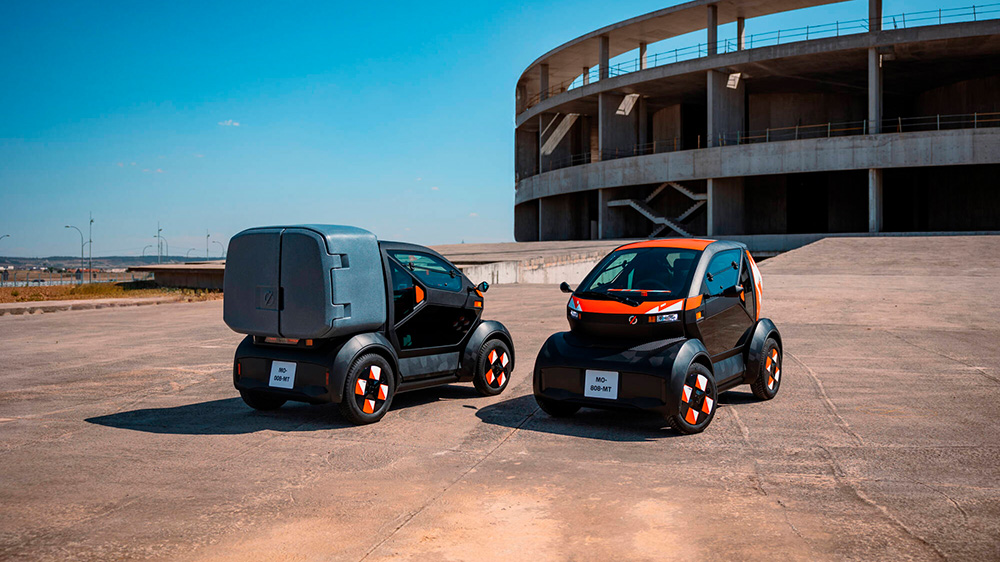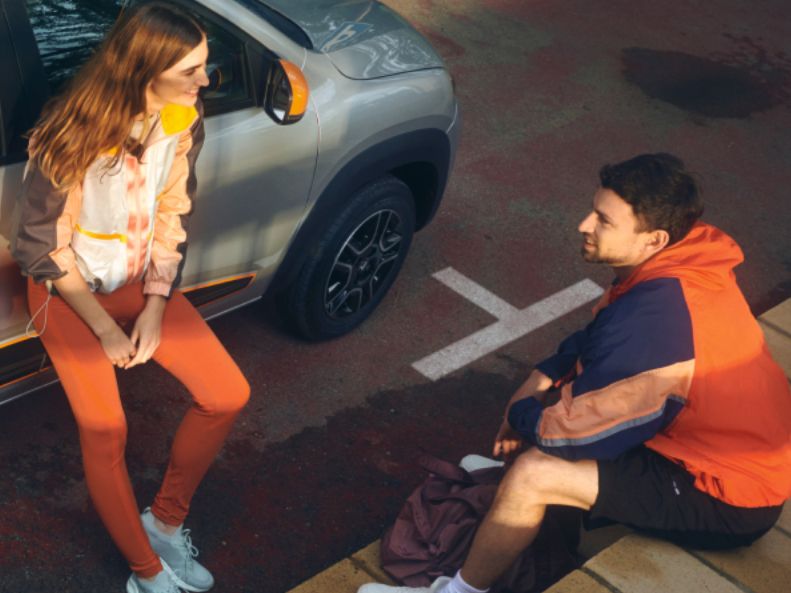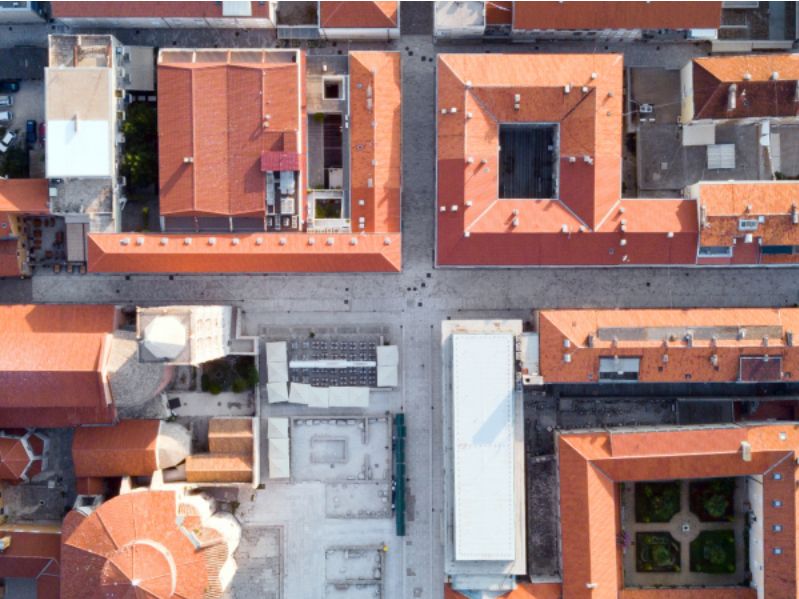REBOOT 1: cars will be both individual and collective
It’s always difficult to foresee the future, but a trend seems to be in the offing for 2030. In cities, where greater importance is being given to pedestrians, cyclists and public transportation, owners of individual cars could be penalized. No one wants to spend their time in traffic jams on a major urban artery or have their children breathe polluted air. Since it is immobile 95% of the time, the thermal car is unable to contribute to the revolution that is already underway.
With this in mind, Mobilize, the new Renault Group brand, has launched an innovative approach: no longer consider the car as individual property and think of solutions to optimize its use. With the Mobility360 project, Mobilize, Uber, RATP and BlaBlaCar are pooling their complementary expertise to propose travel solutions that are simpler, green, sustainable and shared, designed to serve cities and citizens. Car-sharing is a solution proposed by Mobilize in Madrid and Paris with the “Zity” service, which enables borrowing an electric vehicle when it is needed and, when it is no longer needed, returning it to any public parking lot within the zone covered by the service.
REBOOT 2: cars will become a source of energy
In these projects concerning global mobility, the thermal car is no longer a focal point. Depending on gas stations, operating with or without lead or using diesel, the thermal car is an energy hog that emits CO2 into the atmosphere and participates in climate disruption. For this reason, Mobilize proposes a new and virtuous positioning for individual cars within the energy chain. In addition to being a link in the multimodal ecological chain, the electric vehicle can become a source of energy. This system has a name: vehicle-to-grid.
Thanks to this approach, excess energy stored in the car battery is reinjected into the power grid. Vehicles can thus send energy back to the city grid when demand for electricity is greater than supply. How about lighting your home in the evening with the energy from your Zoé’s battery?
REBOOT 3: cars will enable travel without polluting
In this era of energy restraint, we must rethink our way of traveling. Traveling far and fast could become a luxury. Hopping on a plane for a weekend trip to a European capital or driving at 80 mph along a highway while consuming an excessive amount of gas is not sustainable in the long term. Drivers must evolve from being consumers of miles and energy and become ecological players who travel in a sustainable way. An electric car is not used in the same way as its thermal ancestor, even if the European network of 190,000 charging stations makes travel as easy as it is with a gas-powered car.
One of the nice things about electric travel is that it makes people more aware of the area they drive through, since they must, for instance, plan where they will stop to charge their car. There’s nothing better than having a look at your surroundings, like an adventurer, and discovering where you’ll find a charging station.
REBOOT 4: top-performing cars will no longer be those with the biggest engines
Horsepower under the hood has long been the performance indicator for cars in the automotive sphere. In this era of energy transition and everyday ecology, making kilowatts roar no longer makes sense. The Mobilize electric fleet aims instead to make travel simpler for users who want to be able to move through an urban environment with guaranteed ease while using clean energy and not necessarily owning their vehicle.
Reaching 80 mph on the highway in just a few seconds is no longer a criterion to consider in this new era of sustainable mobility (although electric cars do have robust acceleration!). The first Mobilize prototype, the EZ-1, is a small-size vehicle that is practical, connected, electric, includes 50% recycled materials, is 95% recyclable at the end of the vehicle lifecycle and is designed to be shared. And it’s a pleasure to drive. In sum, the future of mobility.
Rather than consume 8 liters of gas for every 50 miles, it will tie together hundreds of individuals, who will take turns using it for a few minutes or a few hours. Mobilize does not sell cars. Mobilize aims to serve sustainable, responsible mobility.





